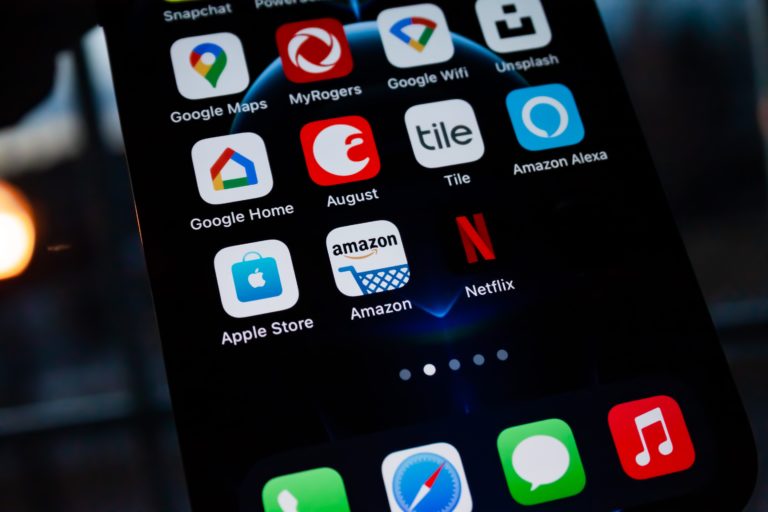
One way to cut through the hyperbole and marketing rhetoric of any tech sector is hard numbers. That’s especially true in AR, given some of the overblown expectations set during its circa-2016 hype cycle. It could reach those once-trumpeted heights, but not for several years.
Meanwhile, where are we today? One meter stick or proxy for AR market size is the quantity of AR apps that are downloaded by consumers. Recently in search of this figure, our research arm ARtillery Intelligence reached out to mobile app analytics firm App Annie and got an answer.
The firm reports that .7% (seven-tenths of one percent) of Google Play app downloads in 2020 included AR. It defines this figure as apps that have an AR SDK installed or that mention “Augmented Reality” in their app description. This forms the starting point of our thought exercise.
Starting Point
With this .7% figure in hand, we can extrapolate several other figures on our ongoing “wish list” of AR usage and revenue data. Starting with total AR app downloads, we can apply .7% to the 218 billion global app downloads in 2020 to get 1.53 billion AR app downloads.
It’s worth noting that App Annie’s .7% figure applies to Google Play, as noted above. But it’s reasonable to assume for the sake of this exercise that an equivalent share of AR apps exists in the iOS universe. The above 218 billion global app downloads include both platforms.
Next, what about total AR apps that are available? If we apply the same .7% to the 4.83 million active apps across iOS and Android, we get 33,810. The real number is likely smaller, as the above would assume that AR app downloads include an even distribution of available apps.
Rather, downloads are more likely weighted towards a smaller subset of the most popular apps. If AR apps are a proportionate microcosm of the larger app universe — which they mostly are — usage and revenue would indeed be weighted towards a “winner take most” scenario.
Puzzle Pieces
Beyond AR downloads and available apps, what about revenue? If we apply the same .07% AR multiplier to app store revenues ($111 billion in 2020), we get $770 million. This would assume equivalent monetization among AR apps versus non-AR apps, which isn’t likely the case.
In fact, our research arm ARtillery Intelligence estimates AR app revenues in 2020 to be about $1.4 billion — almost 2x the above estimate. That figure applies a more rigorous bottom-up market-sizing methodology that trumps the above “SWAG” exercise, but the latter is still useful.
It’s also worth noting that all of the above is just one puzzle piece for AR market size: user spending. Most mobile AR revenue today is B2B. That includes enterprise productivity, developer tools, and brand spending on AR advertising, such as sponsored lenses.
Meanwhile, app revenues have inflected over the past year, driven by Covid-era demand triggers like sheltered-in life. There’s ample evidence that the subset of AR apps rode the same wave, given the social connection of AR lenses and the utility of AR shopping.
The question is if that trend will continue. We’ll keep our eyes peeled for more signals and report back in future Data Dive installments.

